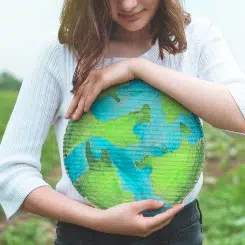Circular economy
The implementation of a circular economic model as part of our strategy allows us to reduce our use of resources, cuts waste production and limits our energy consumption. The transition toward a circular economy is one of the main commitments that we’ve undertaken, and these are included in the Group’s Environment Policy. They are tackled from an integral and transversal perspective and are integrated in our environmental management model (SIGMAYEc3), promoting the use of sustainable materials and the responsible consumption of resources.
We optimize the management of the waste we produce, promote process transparency, public awareness, and sensitivity, and carry out projects aimed at moving towards a circular economic system.
Our projects
Second Life
This project closes the life cycle of electric vehicle batteries from written-off electric vehicles, enabling CESVIrecambios to process batteries appropriately by either recycling or reusing them.
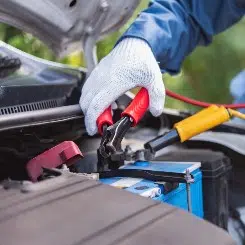
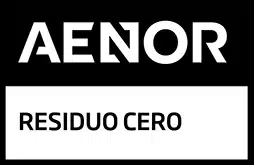
Zero Waste
We have been working since 2019 on the development of projects that address this model from an internal management perspective, emphasizing reducing waste generation, increasing reuse and recycling, and carrying out actions to combat food waste.
Globally, MAPFRE has managed 5,017 tons of waste, of which 96% have undergone recovery, recycling or energy production processes.
Along these lines, standard and we expanded the scope to General Perón, 40 in Spain, managing to recover 97.73% of the total waste generated. Additionally, we have implemented this management model at the headquarters in Mexico and Brazil.
Yo Reparo (I repair)
Training program for vehicle repair shops, crane drivers and experts on the environmental impact of their activity and methodologies for repairing automobile plastics and logos as an alternative to their replacement and the consequent reduction in waste generation. Currently, people have already been trained in Spain, Brazil and the USA.
At CESVIrecambios, the Authorized Treatment Center (CAT) of CESVIMAP, a clear example of circular economy and sustainability, we treat vehicles at the end of their useful life in an ecologically responsible way and give a second life to parts in good condition, in addition to segregate the rest of the materials for recycling.
In the last year, 675,84 tons of parts have been recovered for reuse after the treatment of 2,175 damaged vehicles.
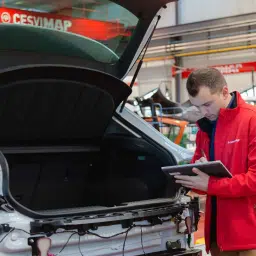
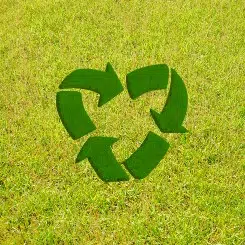
Pact for a circular economy
We were the first insurance company in Spain to sign the Circular Economy Pact, led by the Spanish Government’s Ministry for Ecological Transition and the Demographic Challenge, thus committing ourselves to act as an agent of change to lead, promote, and disseminate the transition toward a circular economy, involving the main economic and social agents in the evolution toward this new economic model.
Fostering green entrepreneurship
We foster green entrepreneurship by supporting and financing activities that incentivize sustainable employment and by taking part in environmental entrepreneurship events that address the circular economy as a business model.
